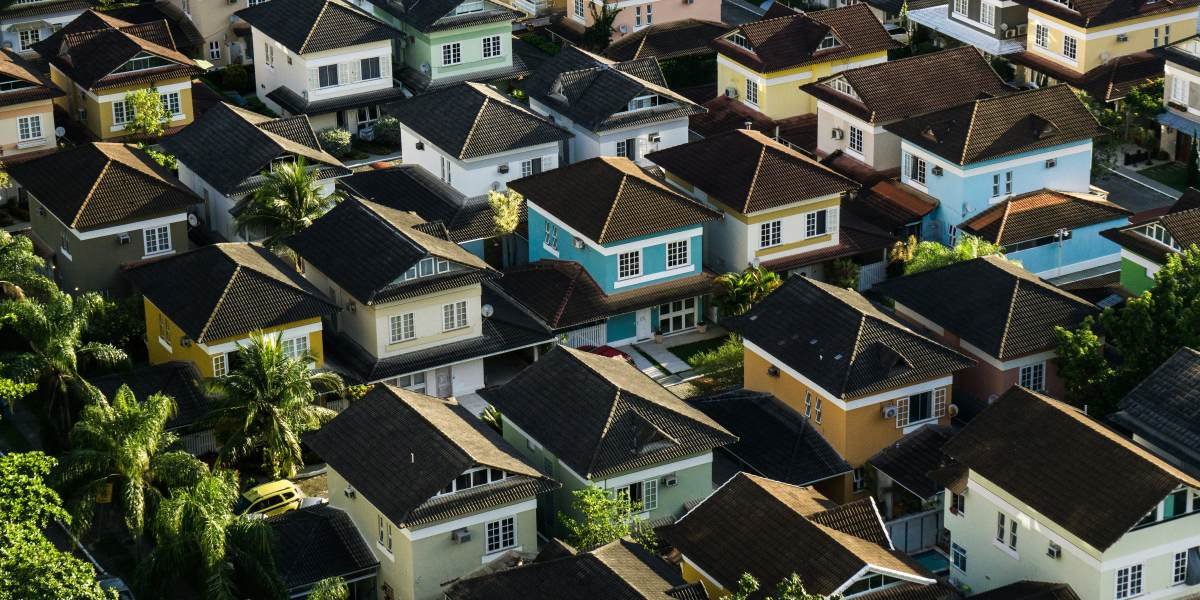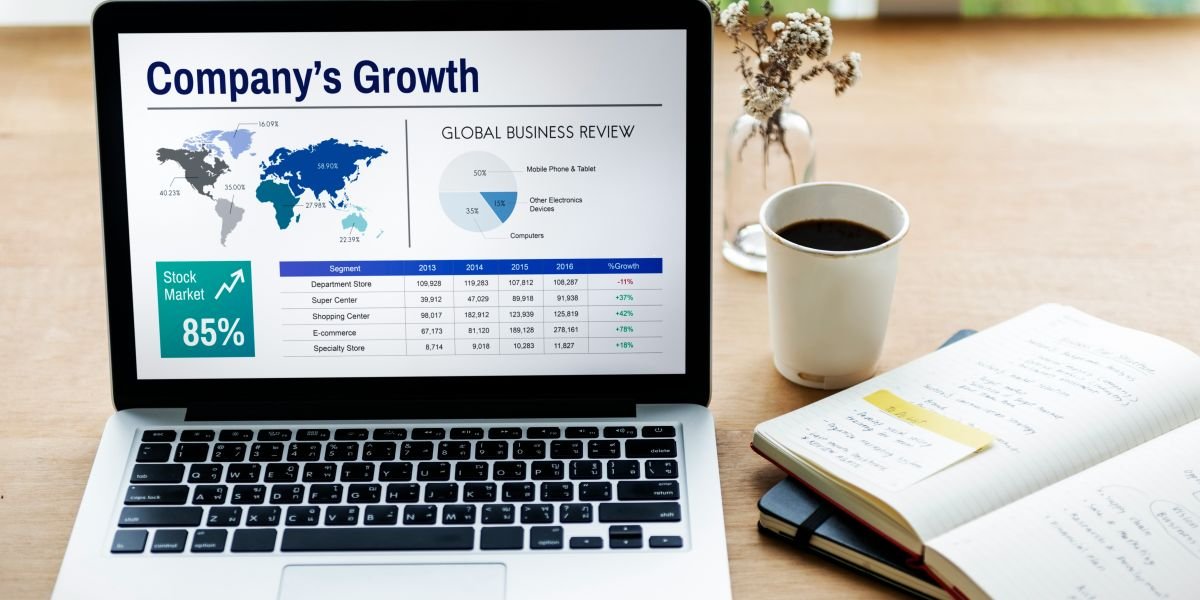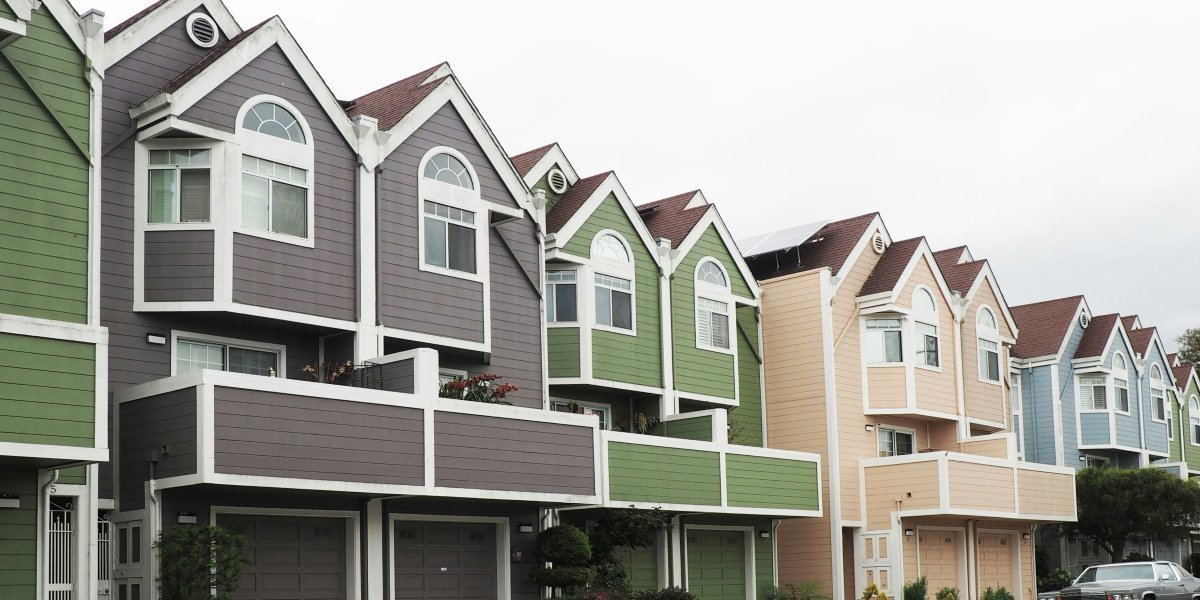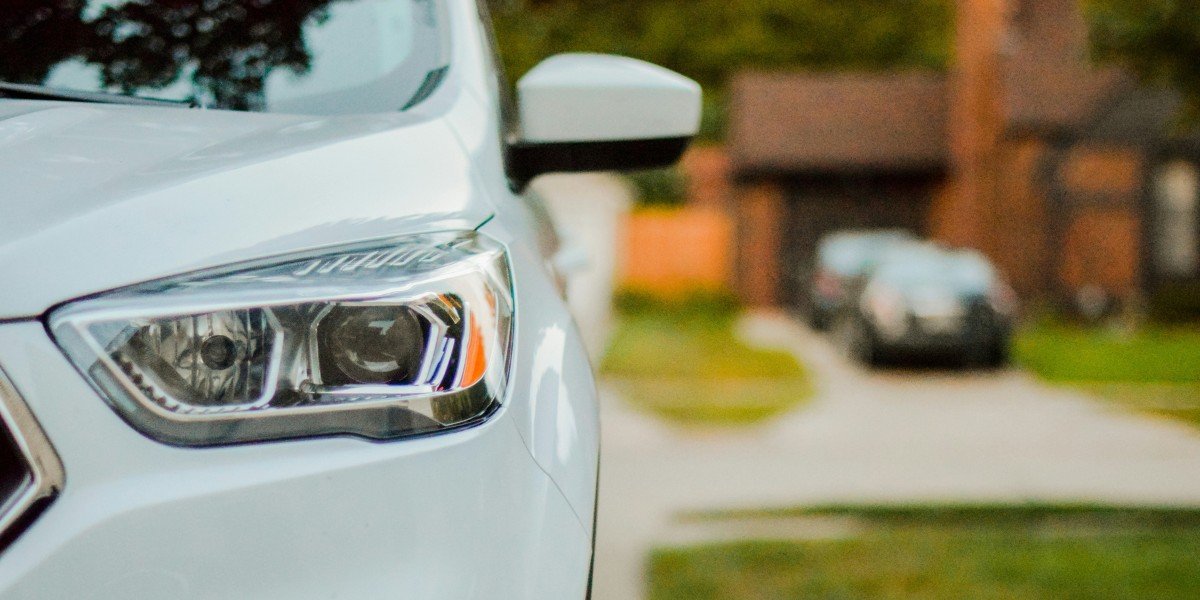By: Hassan Javed
In a city where innovation flows as freely as the fog rolls over the Golden Gate, few realize that one of the most vital parts of a successful event in San Francisco isn’t just the venue, the speakers, or even the view; it’s the WiFi.
From tech expos at Moscone Center to startup pitch nights in SoMa warehouses, the demand for fast, secure, and scalable internet has steadily increased. Behind every livestreamed keynote, every point-of-sale tablet, and every trade show demo station is a network carefully designed not just to support but to enhance the event experience.
The Digital Demand at Events is Growing
Let’s consider the numbers. According to a 2024 report by EventMB, 93% of event attendees now carry at least two connected devices—usually a smartphone and a laptop or tablet. Combine that with vendors, exhibitors, production crews, and press, and a medium-sized event in San Francisco can often exceed 1,000 simultaneous device connections.
Moreover, 81% of event organizers now rank “high-quality WiFi” as a top-three infrastructure priority, right behind AV equipment and catering, says WiFit CEO Matt Cicek. Yet, many venues—especially historic or boutique spaces—simply weren’t designed to handle high-density connectivity.
That’s where the rise of specialized providers offering temporary, scalable WiFi has become important.
A Real-World Glitch Becomes a Turning Point
Just ask Jenna Li, a tech product manager who co-hosted a 400-person AI conference in downtown San Francisco last fall.
“We had booked this beautiful venue with character, brick walls, rooftop views—it was perfect. But once attendees started showing up, the WiFi was almost unusable,” she recalls. “Demos lagged. Our registration tablets dropped offline. Even our virtual keynote stream cut out halfway through.”
While visually impressive, the event faced real-time issues that Jenna says undermined the brand’s credibility with investors and users.
“After that, we decided we could no longer rely solely on venue internet,” she says. “Now, we work with a third-party event internet provider who customizes everything based on our needs.”
What Makes San Francisco a WiFi Challenge?
While many cities present logistical challenges, San Francisco has its own unique connectivity issues:
- Architectural quirks: Older buildings with thick concrete or brick walls can cause interference.
- High device density: Attendees at SF events are often developers, journalists, or startups with heavy tech usage.
- Urban congestion: Limited bandwidth from local ISPs during peak hours can affect event performance.
- Outdoor events: From Marina Green to Fort Mason, outdoor venues create challenges in weather-proofing and signal coverage.
According to network engineer Carlos Vega, who has worked on infrastructure for major Bay Area festivals, “We’ve observed packet loss increase in certain venues simply because too many devices are searching for signals in an oversaturated area.”
That’s why customized event WiFi solutions—ranging from portable mesh networks to dedicated satellite uplinks—are becoming a more common choice for professional organizers.
How WiFi Became a New Hospitality Metric
It’s no longer enough for a venue to simply offer WiFi. The quality of that connection has increasingly become a key factor in attendee satisfaction.
A survey from WiFit, a high-tier San Francisco event WiFi provider, in early 2025 revealed that about 70% of attendees identified “poor internet or WiFi experience” as one of their top three frustrations during events. Conversely, events with seamless, high-speed access saw 2.3 times more social media engagement and longer average times spent in exhibitor booths.
Even food vendors and merchandise sellers now depend heavily on real-time transactions. A POS terminal going offline for just five minutes can result in significant losses—something no vendor or organizer can afford.
The Rise of the Portable Internet Movement
Companies like WiFiT have taken on the complexities of live event connectivity and turned it into an art.
Instead of relying on a single ISP or static venue router, these companies set up hybrid networks that can include bonded 5G, Starlink satellite uplinks, long-range wireless backhauls, and even on-site LTE towers to ensure full coverage.
Event organizers can book pre-tested, plug-and-play kits or work with technicians to design infrastructure that supports everything from 50-person pop-ups to 10,000-attendee expos.
For organizers seeking reliable and high-performance connectivity, San Francisco event WiFi solutions from dedicated providers like WiFiT are increasingly seen as the optimal choice.
Event Planners Weigh In
Rachel Torres, a San Francisco-based events consultant who has worked on events for startups, universities, and even Burning Man after-parties, notes that the view of event WiFi has changed.
“Back in the day, you could get away with a password taped to a wall,” she laughs. “Now, it’s a complete technical consultation before the venue is even finalized.”
She’s not exaggerating. Many organizers now conduct WiFi site assessments as part of their early planning, often bringing in providers who can evaluate signal coverage, ISP backup, and potential issues.
“Clients don’t want apologies. They want dependable service,” Rachel adds. “That’s the new expectation.”
Looking Ahead: WiFi as a Core Event Strategy
The future of event planning in San Francisco—and globally—is moving toward integration, where internet infrastructure becomes part of the experience, not an afterthought.
As hybrid events (with both in-person and virtual components) continue to grow, and as immersive tech like AR/VR and real-time translations become more common, the need for reliable internet will likely increase.
Already, event organizers are seeing returns on investment from improved WiFi infrastructure through:
- Increased social engagement and content sharing.
- Smoother exhibitor interactions.
- Enhanced brand perception from seamless virtual involvement.
- Faster event analytics and lead tracking.
For many, avoiding even one significant connectivity failure is worth the investment many times over.
San Francisco may be known for its iconic bridges and disruptive startups, but its events—big and small—are powered by something less visible yet more important: reliable, high-capacity WiFi.
In a city of innovation, where digital and physical worlds increasingly intersect, providing high-quality internet is now seen as a critical element for doing business.
Whether you’re hosting a rooftop investor mixer in Mission Bay or a multi-day conference at the Palace of Fine Arts, smart connectivity choices can be the difference between viral success and digital failure.
So, the next time you’re planning an event in the Bay Area, make sure your checklist starts with power, people, and reliable internet.













